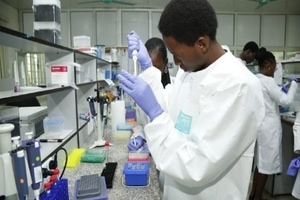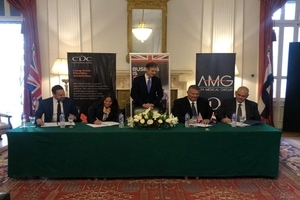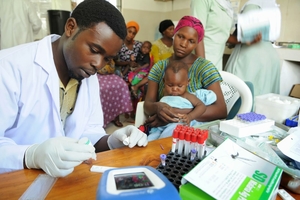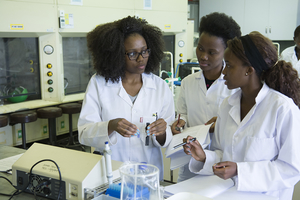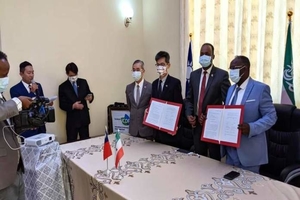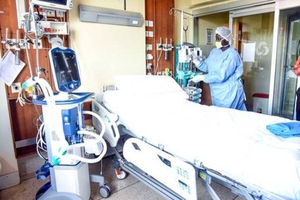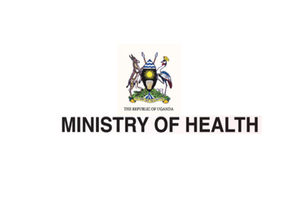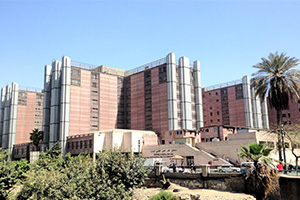Vezeeta, a digital healthcare network in the Middle East and Africa, has announced the introduction of its ePharmacy solution (Vezeeta Pharmacy), which helps consumers to order prescription drugs via a smartphone app.
Using the mobile app, users of Vezeeta will upload their e-prescriptions, add their insurance requirements, select cash or cashless payment options before checking out, and arrange same-day home delivery in Cairo and Giza.
Patients may now integrate their pharmacy expertise with medical tele-consultation, as well as 24/7 access to approved pharmacists and service providers. This ensures that they can fulfill their wellbeing needs effortlessly, from start to finish.
“We’re on a wonderful patient ride. By giving our consumers the data to choose from and the best digital resources to be used, Vezeeta continues to inspire its patients in every step of health care,” said Amir Barsoum, Founder & CEO at Vezeeta
In addition to the launch of the big disruptor, Vezeeta, via its CEO, has also revealed plans to pump more than US$25 million into its Egyptian market this year. Both steps are coming as the coronavirus set a record-breaking 2020 for the African ehealth market.
“We’re the first digitally interconnected physicians in our healthcare ecosystem, and now we’re doing the same for pharmacists. Our pharmacists receive outstanding training and compensation to ensure that every customer has a positive experience, every time they log in to the Vezeeta app,” Maha Melhem, Vice President of ePharmacy at Vezeeta, said.
Vezeeta, according to Melhem, adheres to stringent hygiene requirements with its exclusive high-quality packaging, meaning that patients can rely on the organization to provide critical medicines in one hour or less.
The e-solution is a core component of Vezeeta’s robust healthcare offering, which also provides physical and virtual doctor appointments, as well as lab and scan access. Both of these are meant to improve patient accessibility and affordability.
Vezeeta Pharmacy has treated over a million patients in Cairo and Giza to date, with additional cities expected to be added in the immediate future. Vezeeta strives to provide patients with their free medical history on the smartphone app through its in-pharmacy SaaS, e-prescriptions, teleconsultations, and AI-assisted distribution.
Vezeeta is helping more people save time, money, and stress while accessing quality services, optimizing clinical outcomes, and putting patient happiness at the center of its technologies by delivering uninterrupted interactive healthcare experiences to patients from the comfort of their own homes.


